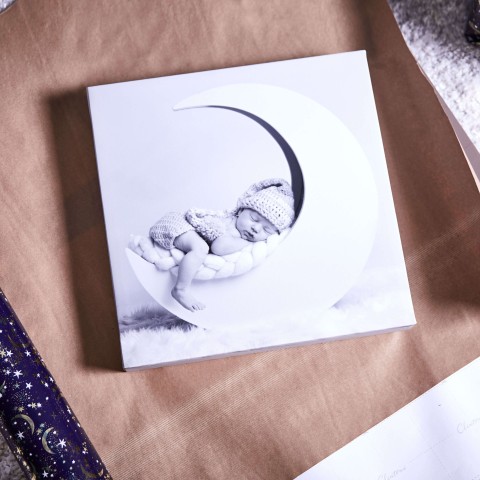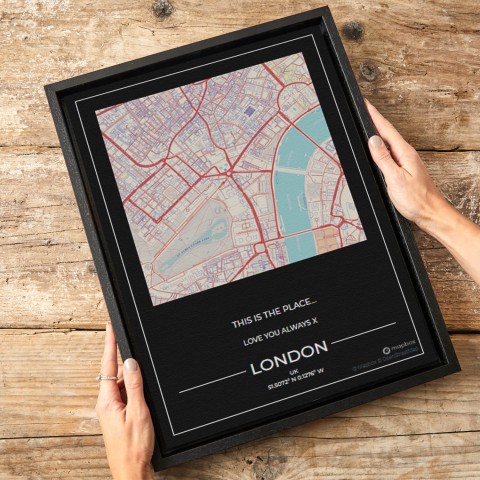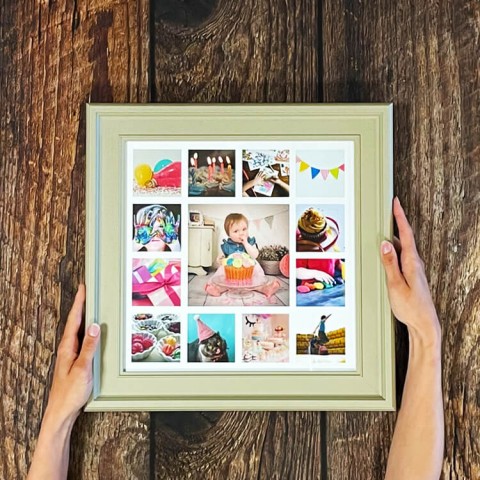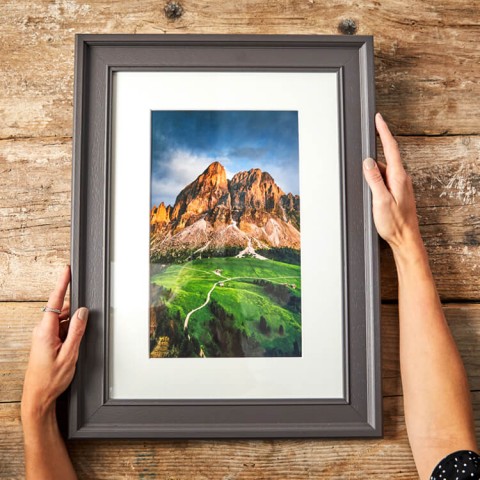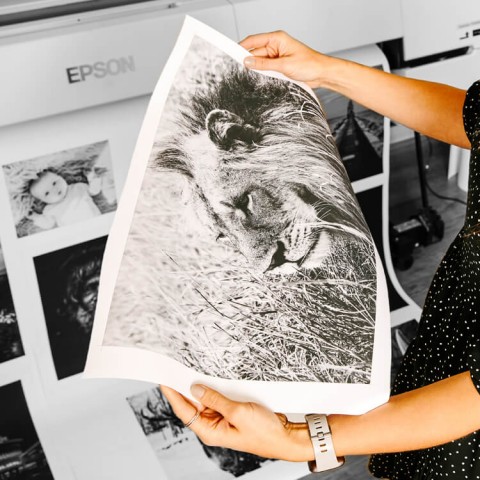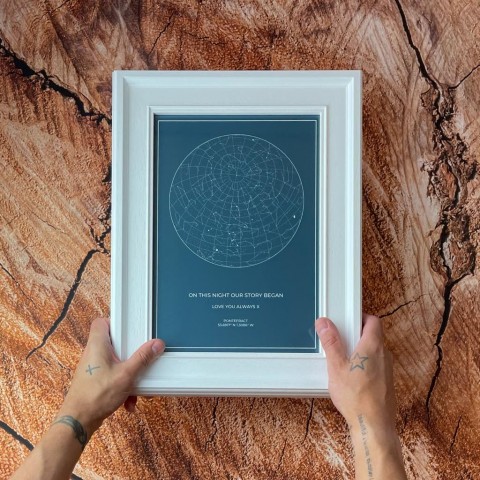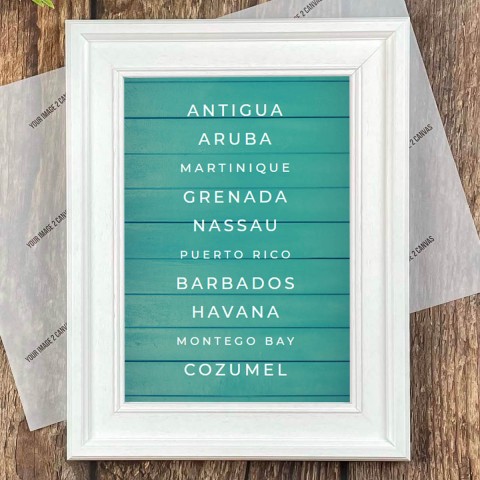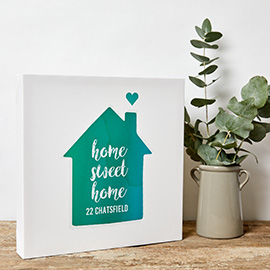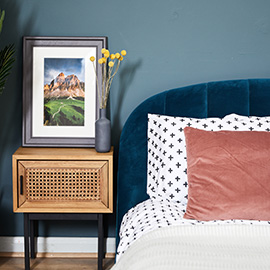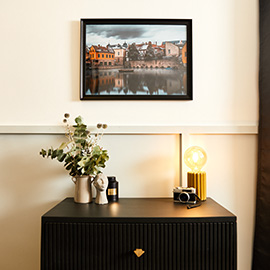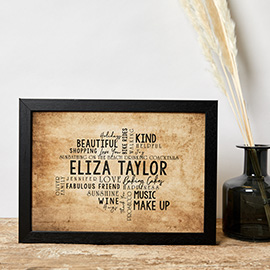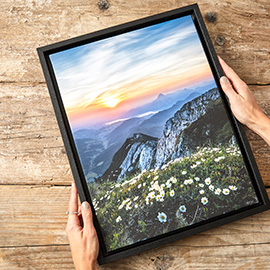Marvellous macro photography – part 1
If you’re looking for a new challenge to jazz up your photography but don’t have the budget for exotic trips around the world, or if you find the idea of portrait photography terrifying, you could always try your hand at macro photography. Macro photography is the art of photographing the very small, and opens up your world in ways that you never thought possible. Oh, and if it’s done well it looks stellar printed large on a canvas! In this series we’ll offer a comprehensive guide to one of the most addictive photographic genres.
The gear…
Like all fields of photography, macro can be done on a relatively small budget, or you can dive in head-first and spend a fortune. This week we’re going to look at the budget end of the spectrum so you can experiment without needing to take out a second mortgage!
Cameras
Any modern DSLR or CSC will do for macro, but if you’re planning on using natural light it does help if it has decent high ISO performance, and if it also comes with in-body image stabilisation you’ll have the perfect beast.
There’s no real need for a full frame body either. In fact, the extra depth of field you get from a crop sensor is really useful in macro photography, where you’ll soon discover that one of the problems with shooting so close to your subject is that the depth of field is wafer thin!
But what if you don’t have a DSLR or CSC? Fortunately, most modern compacts and bridge cameras have excellent macro settings, and naturally lend themselves to macro photography due to the small sensors offering real depth of field advantages over DSLRs and CSCs.
Lenses
The good news is that you can achieve excellent results with old lenses for macro work – especially if you’re photographing still life subjects – because you’ll primarily be using manual focus for accuracy. Classic legacy lenses like the Tamron Adaptall SP 90mm f2.5 can be used via a cheap adaptor on virtually all modern DSLRs and produces great results for about £50! The only downside of this lens is that it only magnifies down to 1:2 without an adaptor, whereas a true macro lens renders at 1:1 or better, but add the extension tube (about £20-30 on eBay) and you’ll be stunned by the results possible from this old lens.
Spend £150, however, and you can pick up the later autofocus version of this lens, which does shoot 1:1 and has a reputation for being sharper than either the equivalent Canon or Nikon offerings at a fraction of the price. Now that’s a bargain!
But what if you want to try macro on your DSLR or CSC without buying specialist lenses? Next week we’ll show you some great way to do just that.


